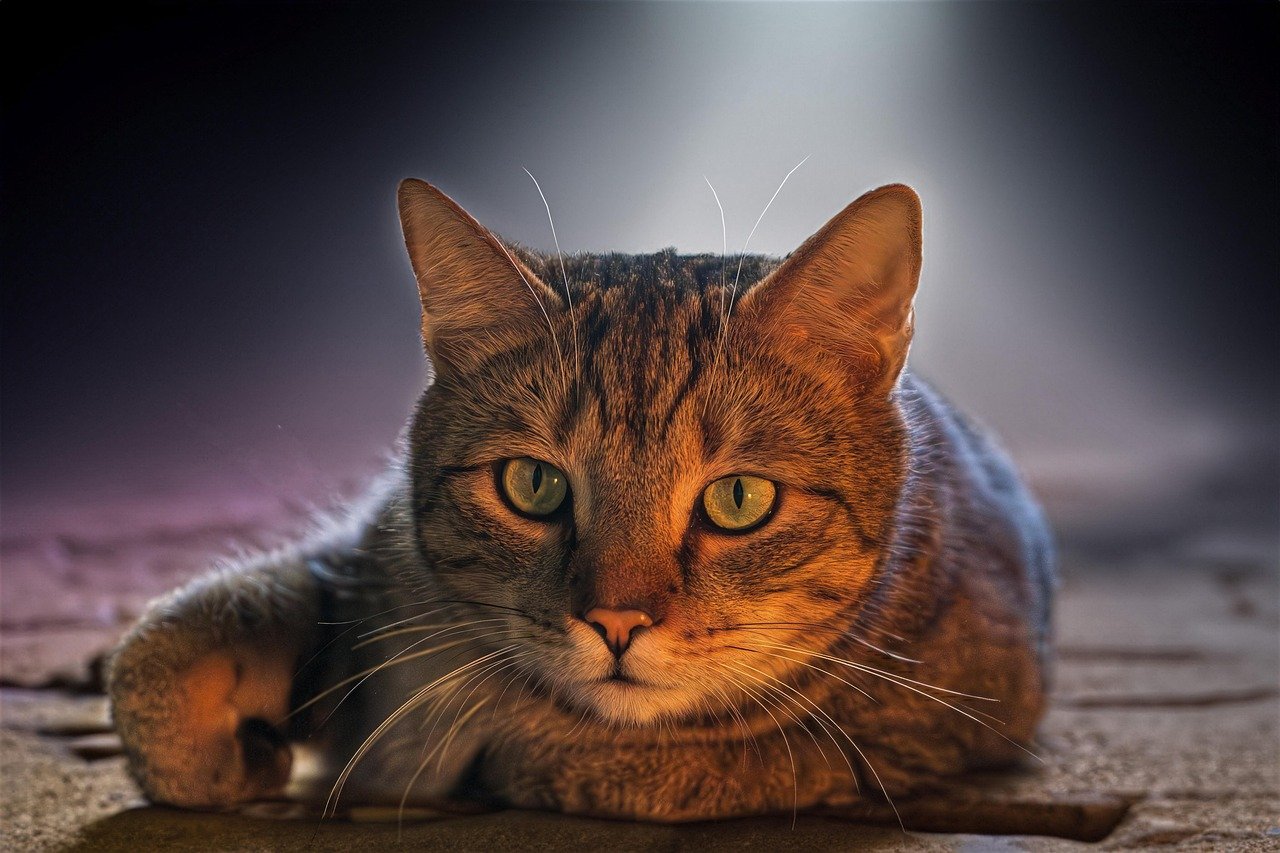Welcoming a cat into your home is a joyful event, but when your feline companion is sensitive, their emotional needs require special attention. Emotionally sensitive cats, much like humans, can become overwhelmed by their surroundings, leading to stress or anxiety. Crafting a calm environment is crucial for their well-being, and the process can be simpler than you might think. By understanding their needs and making a few adjustments, you can transform your home into a haven for your sensitive fur friend.
Recognizing the Signs of Sensitivity
Before you can create a calming environment, it’s essential to recognize the signs of sensitivity in your cat. Cats may exhibit sensitivity through behaviors such as hiding, excessive grooming, or a sudden change in appetite. They might also become vocal or avoid interaction. Each cat is unique, so take time to observe your pet’s behavior closely. Consider any changes in their routine that might have triggered stress. Being in tune with these signs allows you to address their needs more effectively and tailor their environment accordingly.
Establishing a Safe Space
Having a safe space is vital for your cat’s comfort. This can be a cozy corner with a soft bed or a dedicated room where they can retreat. The key is to ensure this area is quiet and free from disturbances, such as loud noises or constant foot traffic. Cats thrive in environments where they feel secure. Adding familiar items, like a favorite blanket or toy, can provide additional comfort. Remember, this is their sanctuary, so limit access to this area to your cat alone, ensuring they have a peaceful place to unwind when needed.
Soft Lighting and Serene Sounds

Lighting plays a significant role in your cat’s environment. Bright lights can be overwhelming, so opt for softer, natural lighting when possible. Consider using dimmable lamps to create a soothing ambiance. Similarly, sound can affect your cat’s mood. Playing gentle music or nature sounds can mask disruptive noises from outside. Some cats might find comfort in white noise machines, which can create a consistent, calming background sound. Experiment with different options to discover what your cat responds to best.
Maintaining a Routine
Cats are creatures of habit, and maintaining a consistent routine can provide a sense of stability. Regular feeding times, play sessions, and grooming can help your cat know what to expect, reducing anxiety. Try to keep daily activities predictable, as sudden changes can be unsettling. If you need to alter your routine, do so gradually, allowing your cat time to adjust. Consistency is key to fostering a sense of security and helping your cat feel at ease.
Using Calming Aids and Aromatherapy
Various calming aids can assist in creating a tranquil environment for your sensitive cat. Pheromone diffusers, for instance, mimic natural cat pheromones, promoting a feeling of safety. Aromatherapy, using pet-safe essential oils like lavender or chamomile, can also be beneficial. Always consult with your veterinarian before introducing new products to ensure they are safe for your pet. These aids can be particularly helpful during stressful events, such as moving or introducing new pets to the household.
Interactive Play and Enrichment
Engaging your cat in interactive play helps alleviate stress and provides mental stimulation. Toys that mimic prey, such as feather wands or laser pointers, can satisfy your cat’s hunting instincts. Additionally, providing enrichment through puzzle feeders or treat-dispensing toys can keep their minds active. Remember, playtime should be positive and enjoyable. Avoid overly aggressive games that might increase anxiety. By incorporating regular play sessions, you contribute to a balanced and happy environment for your cat.
Creating a Multi-Level Environment
Cats love to climb and observe their surroundings from different heights. Providing a multi-level environment with cat trees or shelves allows your cat to explore and find their perfect perch. This vertical space can serve as an additional safe haven, offering a sense of security. Ensure these areas are stable and accessible, encouraging your cat to venture at their own pace. A multi-level setup not only appeals to their natural instincts but also enriches their environment, contributing to their emotional well-being.
In conclusion, caring for an emotionally sensitive cat requires patience and understanding. By recognizing their needs and making thoughtful changes to their environment, you can create a sanctuary that promotes peace and happiness. Remember, every cat is unique, so what works for one may not work for another. Observing your cat’s behavior and adjusting your approach ensures you provide the best possible care for your furry friend.

Growing up traveling and experiencing new cultures and wonders, I have had a passion for nature, adventuring, photography, and videography. I am currently working towards a BSc in Biodiversity and Ecology at Stellenbosch University, and I hope to specialise in Marine Sciences one day.
Please send any feedback to Feedback@animalsaroundtheglobe.com






